 Home > News
Home > News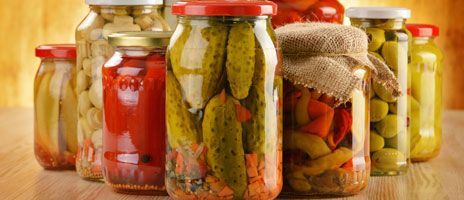
In part one of the hot water bath canning series, you learned tips and tricks for canning. You know all about food quality and canning at high altitudes. In part two, you assembled all of your gear and equipment. Hopefully you won't need to run to the store in the middle of your project for a missing ingredient. Now comes the fun part: canning!
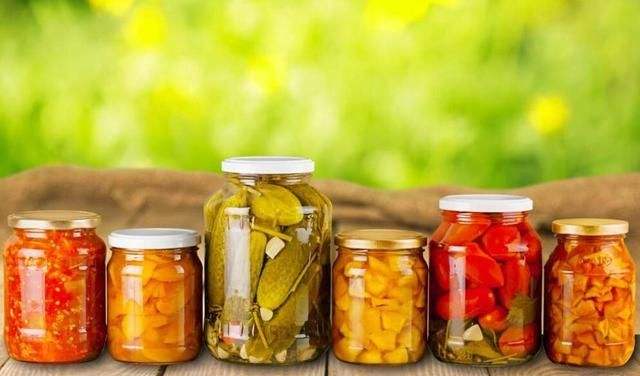
Step 1: Prepare the Jars and Lids
First, you need to get your jars and lids ready for hot water bath canning. Wash the jars and lids in hot, soapy water. You may run the jars through the dishwasher. You need to keep your jars hot so that they don't break with temperature shock when you fill them with hot food. Do this by either leaving them in the hot dishwasher or by placing them in a pot of simmering water. There is no need to heat the lids before using them.
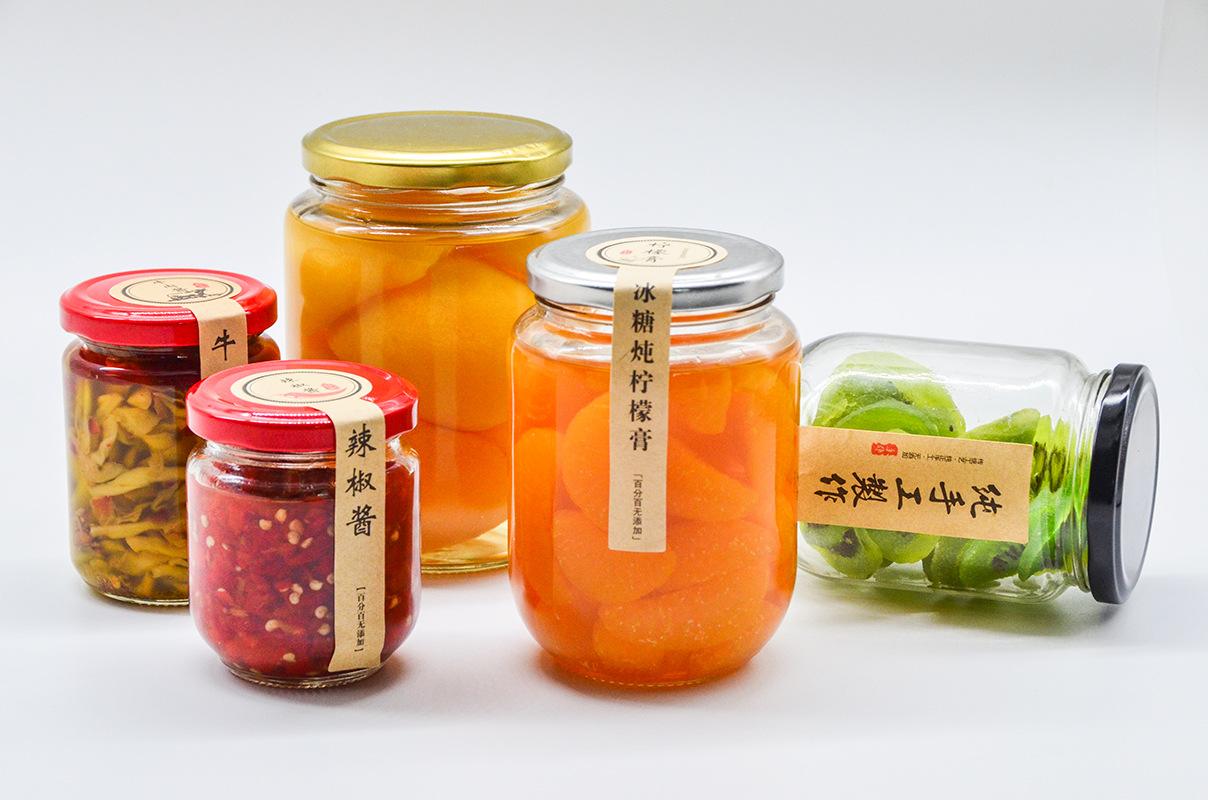
Step 2: Prepare the Hot Water Bath Canner
Fill your canning pot half-full of water. Heat it to a simmer, and keep it hot until you are ready to put the jars in for processing.
Step 3: Prepare the Recipe
Following your approved recipe, prepare your recipe. Make sure to add the appropriate amount of acid (lemon juice, vinegar, or citric acid) if the recipe specifies. This will ensure that the food has a low enough pH to be safe for hot water bath canning. Remember, if your food isn't acidic enough, then it could spoil or grow botulism spores.
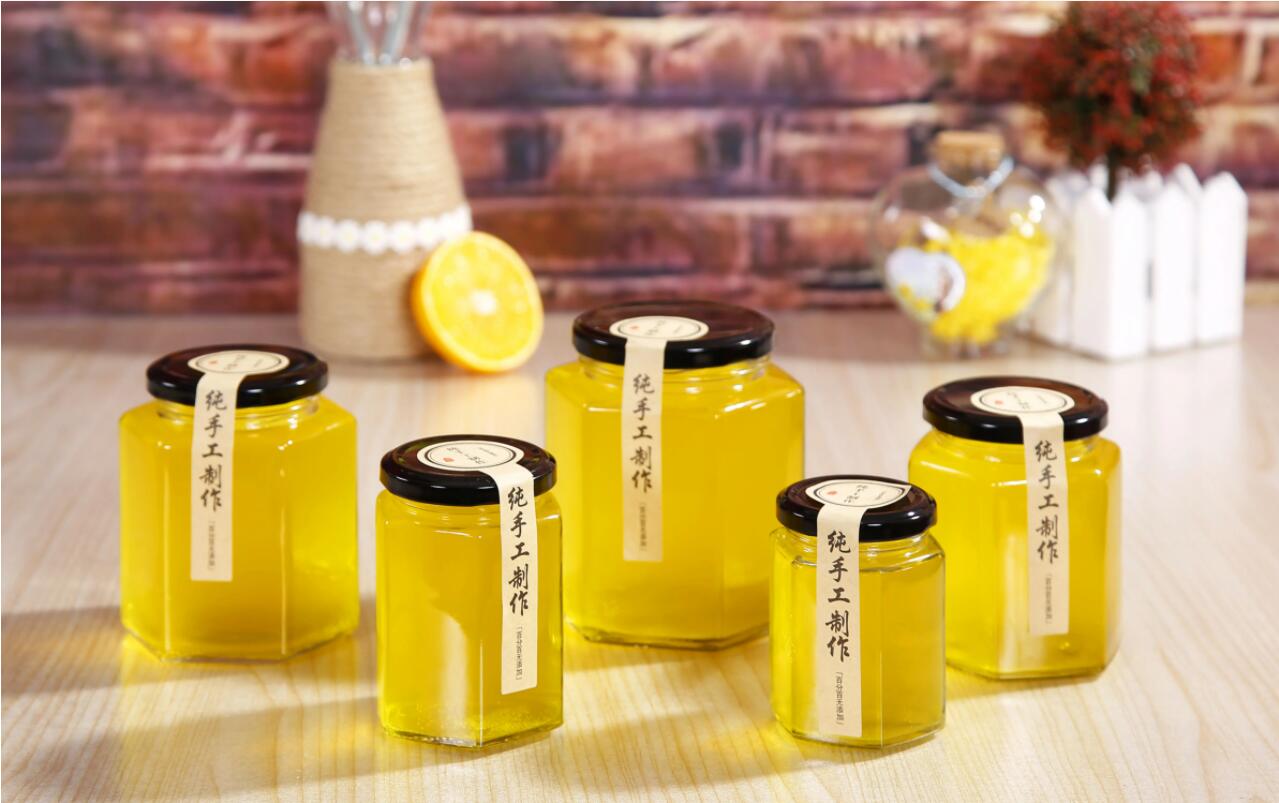
Step 4: Pack the Food into Jars
Once your recipe is ready, remove the hot jars from the simmering water or your dishwasher. Fill each jar using a canning funnel to reduce the mess, leaving ½ inch headspace between the food and the top of the jar. Use a plastic spatula to release any air bubbles trapped between the food and the jar. Wipe the rims of the jars with a damp washcloth to remove any food particles. Place a clean two-piece or lug Plastisol lid onto each jar and tighten. Don't over-tighten the lids.
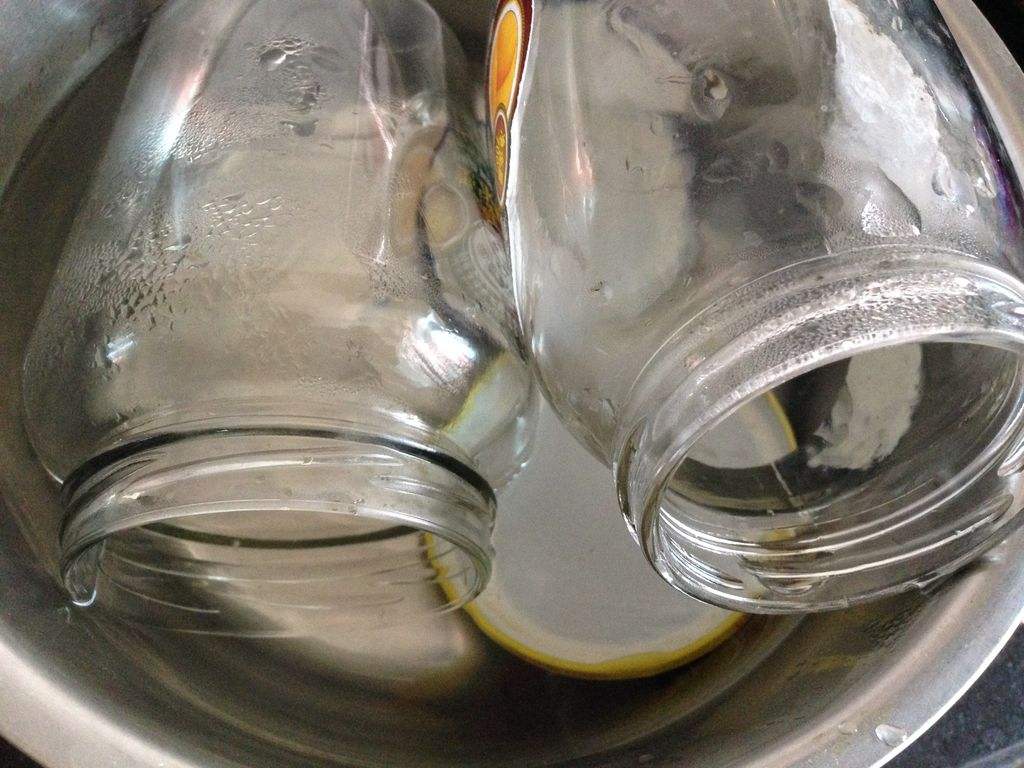
Step 5: Process the Jars
Carefully place each jar into the rack of your hot water bath canner. Lower the rack into the water. Make sure that the jars are covered with a couple of inches of water, adding more if necessary. Put the lid on the canner and bring the water to a full rolling boil. Once it is at a rolling boil, set your timer according to the recipe and adjusted for elevation.
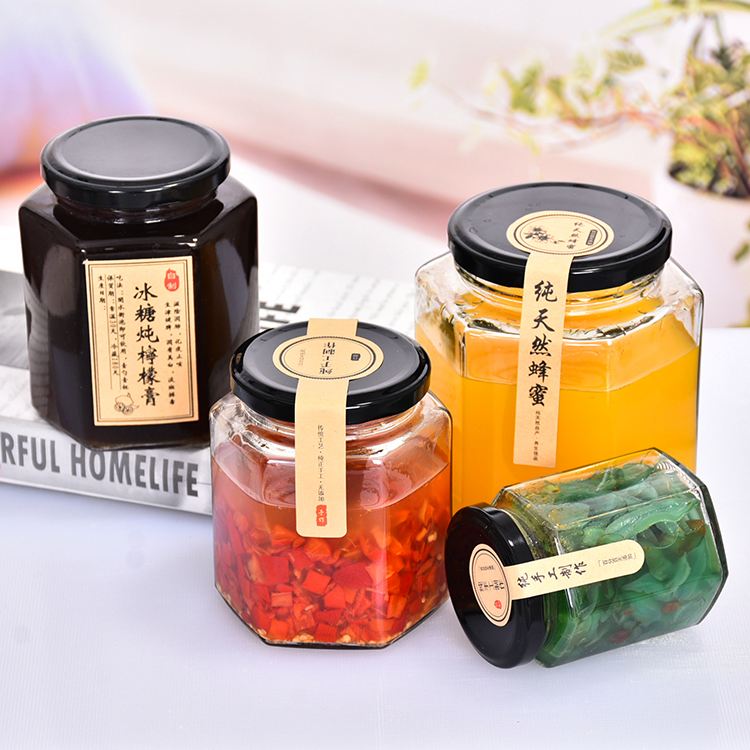
Step 6: Remove the Jars
After your timer goes off, turn off the canner and carefully remove the jars using your jar lifter. Place them upright on a towel, not touching each other. Leave them alone for 12-24 hours. After they have properly cooled, check the lids for a seal. The lids should be pulled down in the center and should not flex when you press on them. Many two-piece lids and Plastisol lugs have buttons that pop when they are not sealed correctly. If a jar is not sealed, you can reprocess it within 24 hours with a new lid, or just put it in your fridge and eat it. Wipe off the jars, label, and store in a dark, cool place. Enjoy the fruits of your labors!
This is just an overview of how to get started with hot water bath canning. If you have more questions, seek out an official guide to home canning. Best of luck preserving your harvest!